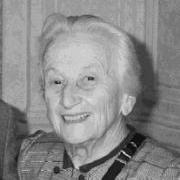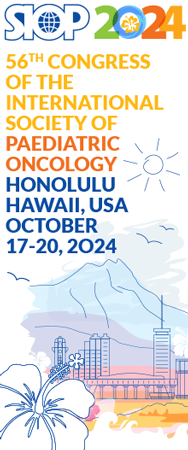*This introduction, author unknown, was found in the SIOP files. It has been improved by Dr. Jean Michel Zucker, Institut Curie,Paris, France, to whom the writing committee extends many thanks.
On July 3, 1967, a small group of specialists met the members of the “Service Milhit” at the Institut Gustave-Roussy (IGR) in Villejuif, Paris. The unit was named after Dr. Milhit, a French physician of the early 20th century. The pediatricians, surgeons, pathologists, and others who gathered at the IGR did not belong to the Milhit Unit but originated from various public hospitals in Paris as well as from the IGR. All shared a keen interest in pediatric oncology. A decision was taken at this meeting to form the Club d’Oncologie Pédiatrique.
During the second meeting of the club, held at the IGR in 1968, participants agreed to convene the following year in Madrid. There they were hosted by the late pediatric surgeon, Dr. J. Monereo. During that meeting, it became clear that there was a widespread interest in pediatric oncology; several persons who attended the meeting came from many countries. To reflect this, the club was transformed into the Société Internationale d’Oncologie Pédiatrique (SIOP) on November 6, 1969.
Its mission was to advance the study and care of children with cancer, a basic mission that continues to this day.These aims have expanded to embrace the advancement of basic research as well as clinical studies, the inclusion of nurses, other health professionals and parents, and the organization of teaching and outreach programs to better the lot of children in underdeveloped nations and societies.
The SIOP History details the evolution of SIOP into this truly global, multifaceted organization.
Its history has been divided into
- Early Times
- Middle Period
- Later Years
 This evolution has been accomplished through the leadership of talented, dedicated individuals. Notable among them was Dr. Odile Schweisguth. Her charisma coupled with her strong personal involvement and guidance earned her the title, “The Mother of Modern Pediatric Oncology.”
This evolution has been accomplished through the leadership of talented, dedicated individuals. Notable among them was Dr. Odile Schweisguth. Her charisma coupled with her strong personal involvement and guidance earned her the title, “The Mother of Modern Pediatric Oncology.”




